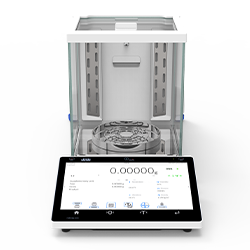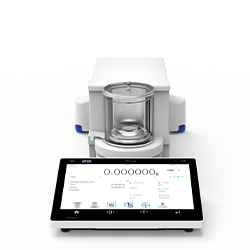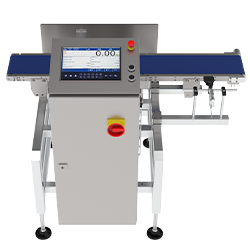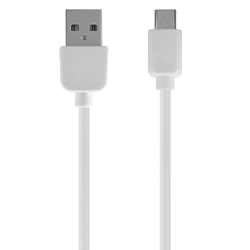L'appareil est enfermé dans la chambre étanche qui protège contre la poussière et autres contaminants.
Le système de climatisation et d'humidification garantit des conditions climatiques constantes dans la chambre, ce qui garantit un conditionnement correct des filtres.
Le monitorage des conditions environnementales contrôle les conditions actuelles dans la chambre et permet d’enregistrer et de rapporter ces données.
Avantages principaux :
- Conformité avec la norme EN 12341:2014
- Magasin de référence supplémentaire
- Économie du temps par rapport au pesage manuel des filtres
- Élimination du facteur humain en tant que cause d'apparition d'erreurs de mesure
- Gestion du processus grâce au logiciel RMCS Filter
- Enregistrement automatique des données, possibilité de formation des rapports et des statistiques
- Codage et identification des filtres grâce au système des codes QR
- Élimination de l'influence de l'électrostatique sur les mesures
- Étanchéité de la chambre du robot et de la chambre de pesage des filtres
- Système de climatisation, le filtre HEPA (exécution sans climatisation sur demande)
- Augmentation de la pression dans la chambre bloquant l'entrée de contaminations
- deux magasins pour stocker les filtres avant et après le pesage. L'un d'eux est utilisé pendant la procédure de pesage des filtres, l'autre sert au conditionnement. Chacun consiste en 35 disques avec 15 positions du filtre.
- Magasin de référence à six positions pour le stockage des étalons de masse et des filtres de référence.
- Robot avec une pince permettant le transport de filtres entre le magasin et la microbalance. Il se déplace dans trois axes X, Y, Z.
- Microbalance avec l’écran de protection anti-courant d’air
- Système d'ionisation
- Système de climatisation avec le filtre HEPA purifiant l’air pris de l'environnement dans la chambre du robot
- Surveillance des conditions environnementales, principalement de la température, de l'humidité et de la pression
- Indicateur de pesage utilisé pour gérer le fonctionnement de l'appareil
- Lecteur des codes QR intégré à l'appareil
- Imprimante des codes QR
- Ordinateur PC avec le logiciel RMCS Filter qui gère le fonctionnement de l’ensemble de l'appareil
- Systèmes de contrôle et de régulation
- Agrégat extérieur de climatisation











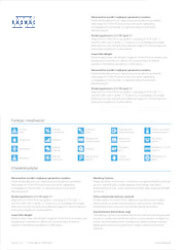
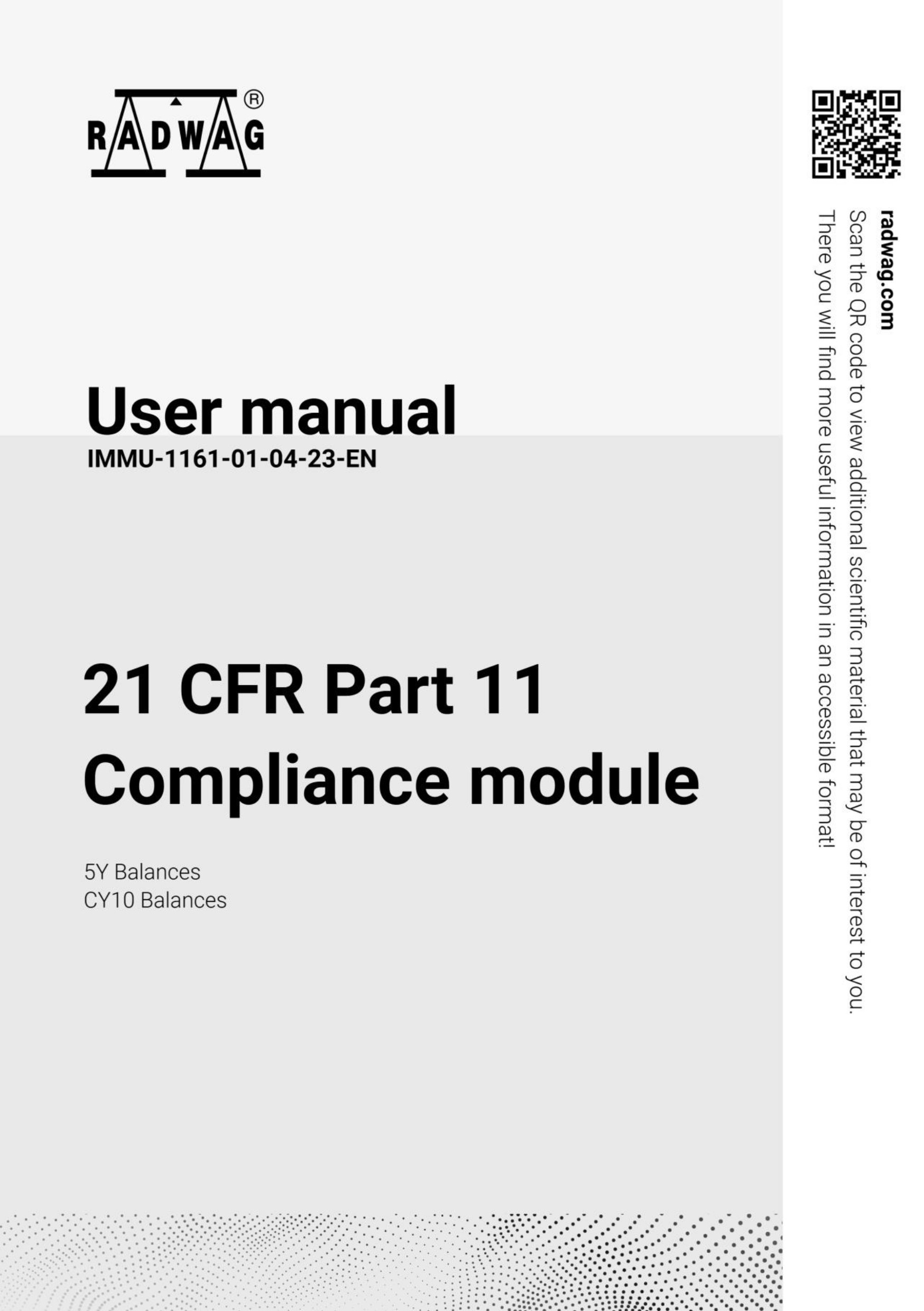
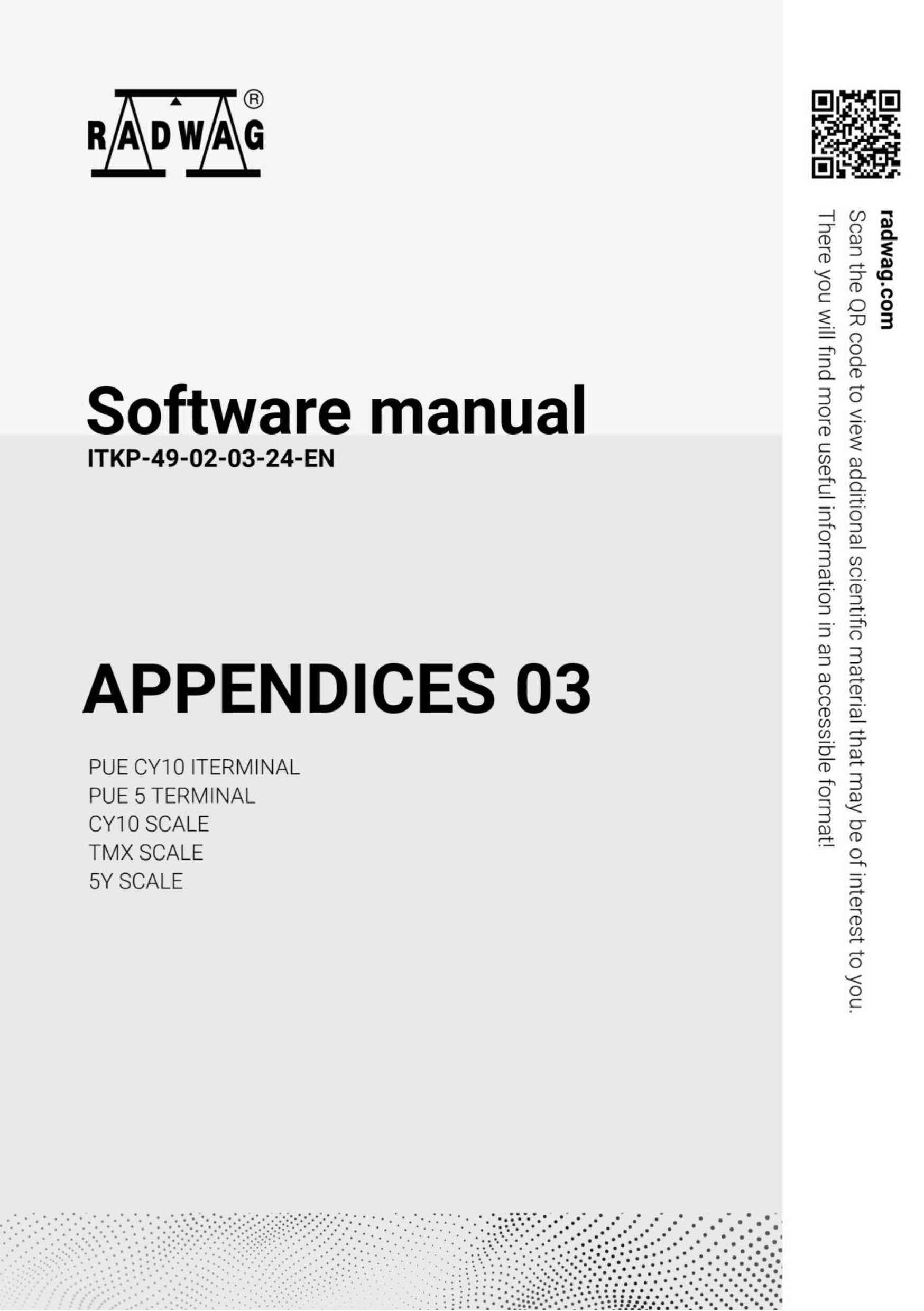
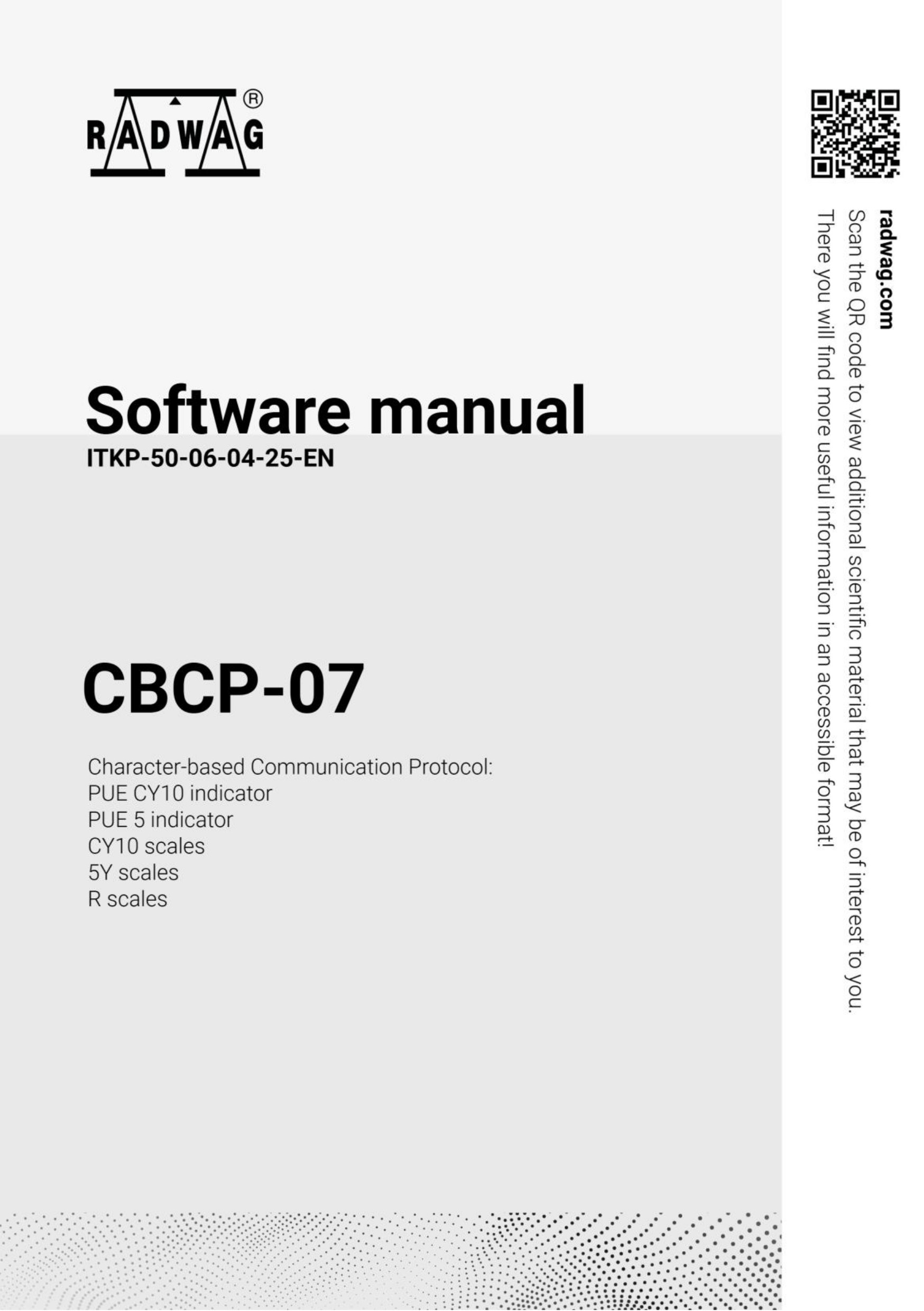
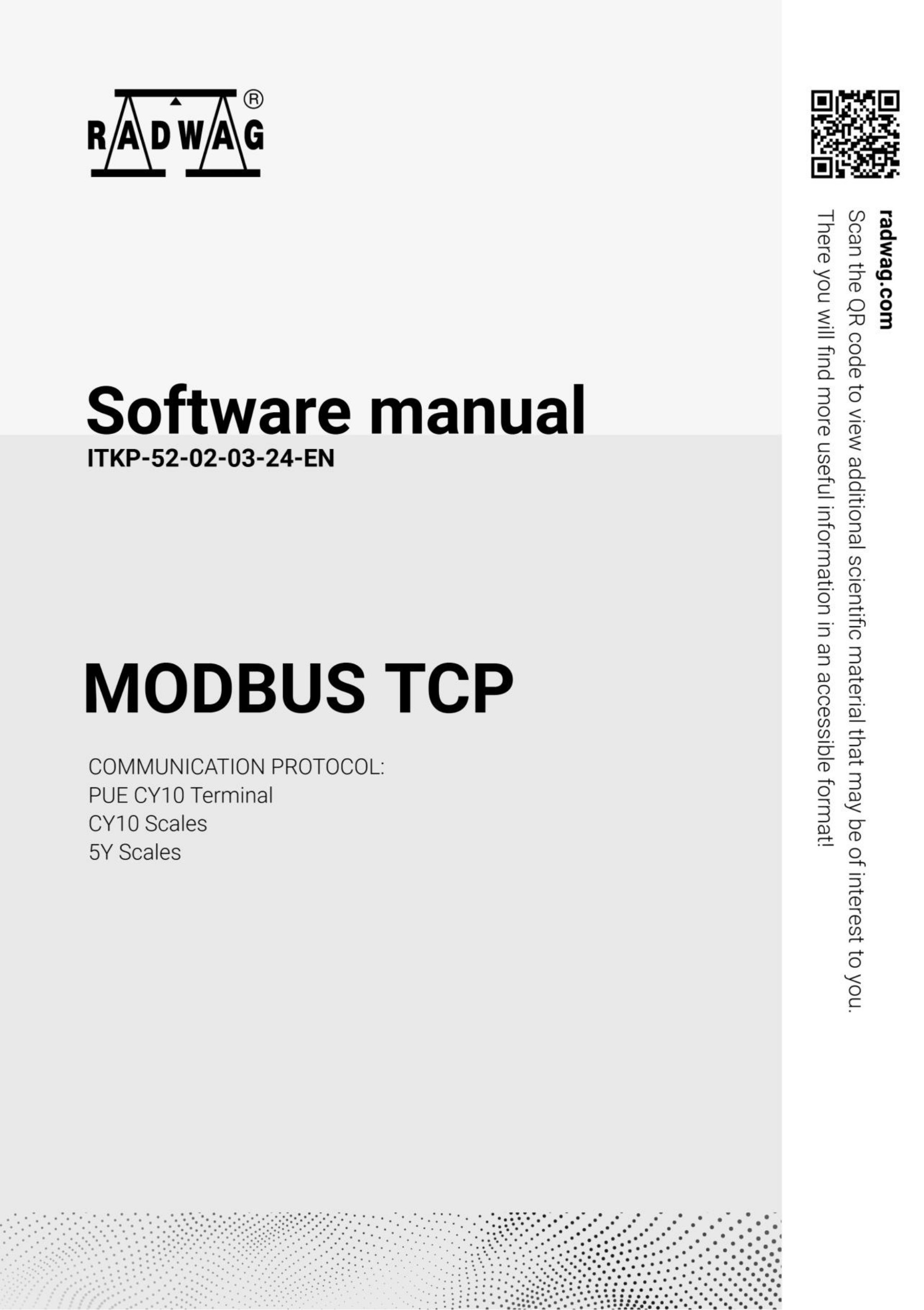
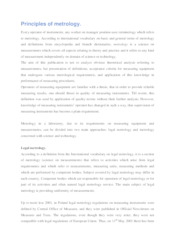

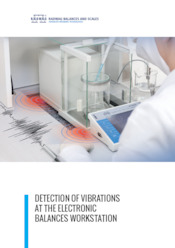
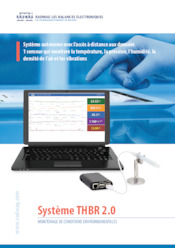
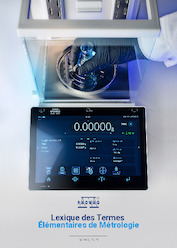


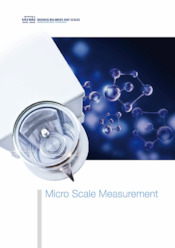


 Albanian
Albanian Danish
Danish Nederlandse
Nederlandse Estonian
Estonian Finnish
Finnish Hungarian
Hungarian Icelandic
Icelandic Kazakh
Kazakh Latvian
Latvian Lithuanian
Lithuanian Macedonian
Macedonian Norwegian
Norwegian Portuguese
Portuguese Romanian
Romanian Russian
Russian Slovak
Slovak Slovenian
Slovenian Swedish
Swedish Ukrainian
Ukrainian Serbian
Serbian Montenegrin
Montenegrin Português (Brasil)
Português (Brasil) Deutsch
Deutsch English
English Español
Español Italiano
Italiano Japanese (日本語)
Japanese (日本語) Polski
Polski Türkiye
Türkiye Česky
Česky USA
USA 中文
中文
















